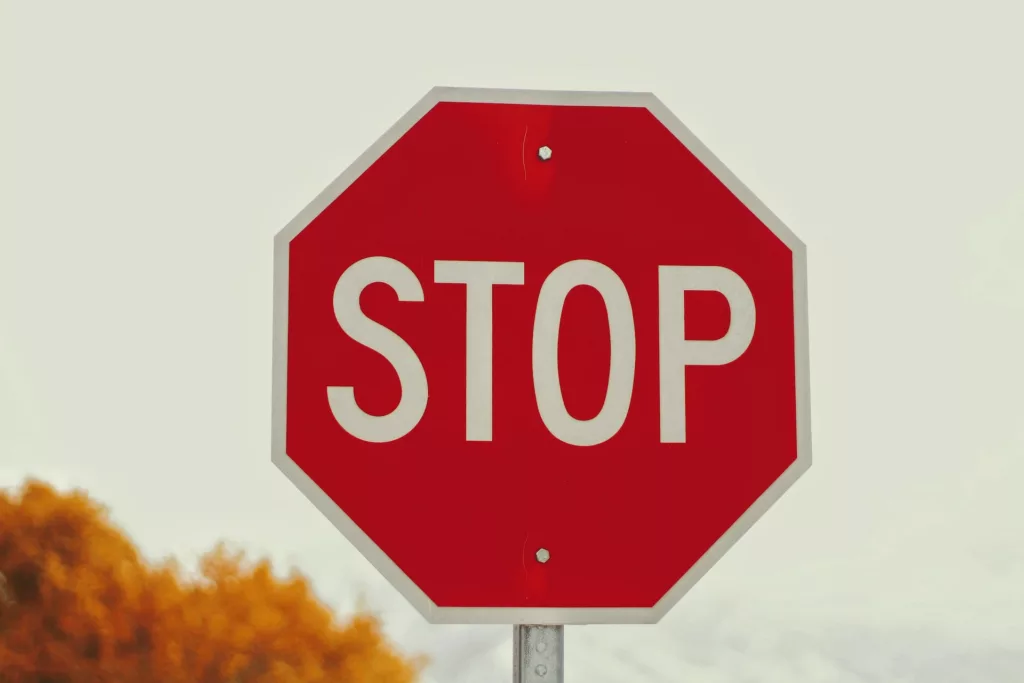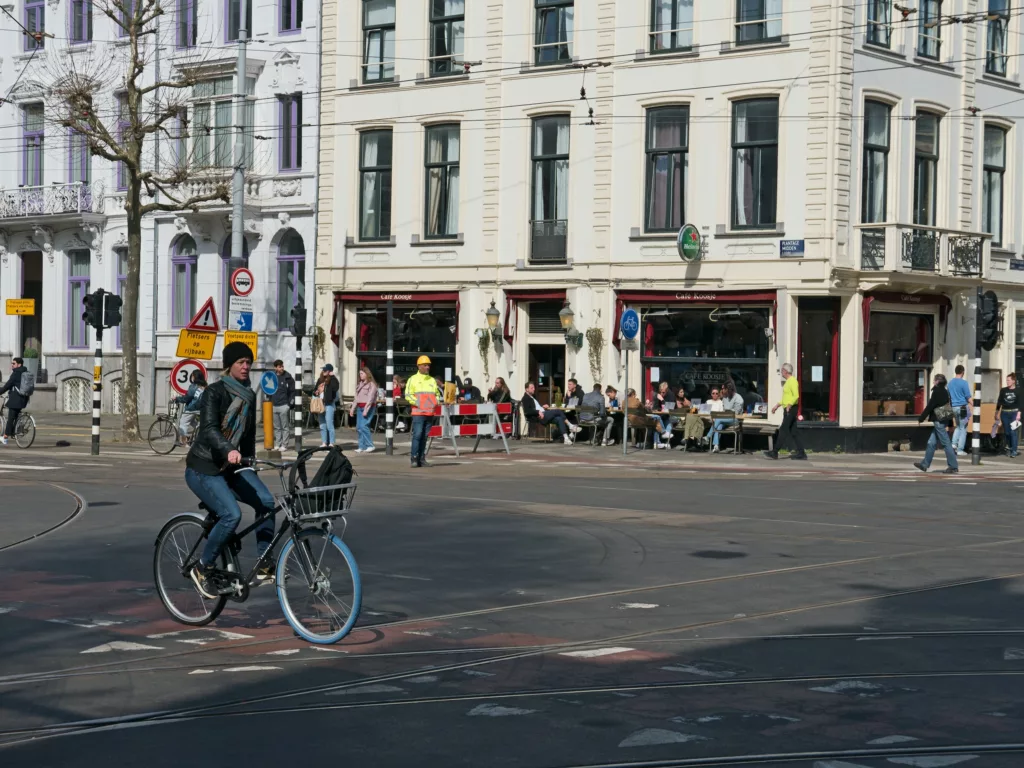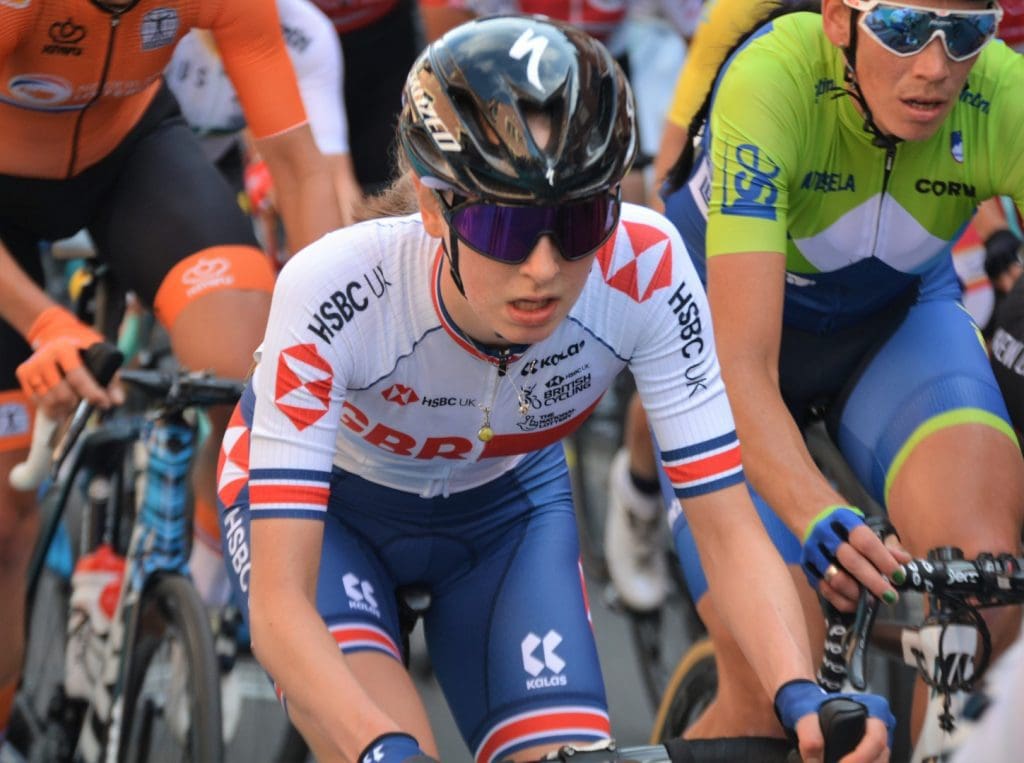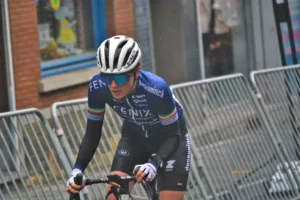All over the world, an increasing number of people are developing a love of bikes. Some study the history of the road cycling world championships, while others use one each day to get around. While cycling’s a healthy, eco-friendly, and cost-effective means of transport, it can also be dangerous. In this article, we’ll provide practical tips to help you stay alert and avoid potential hazards while cycling in busy urban areas.
Table of Contents
ToggleUse Proper Gear And Equipment
You should wear bright clothing that makes you easy to spot. This can include reflective jackets or vests, fluorescent shirts or pants, or neon accessories like arm bands and leg warmers. Also, lights for your bike (both front and rear-facing) are crucial for visibility purposes. Make sure you wear a helmet at all times, as it can greatly reduce your risk of head injury in the event of an accident. You should also invest in a good quality lock to secure your bike when you’re not riding it. This will help prevent theft, which is unfortunately common in many urban areas.
A bell or horn can alert pedestrians and drivers if they’re in your way. Using a rearview mirror allows you to see what’s behind you, without having to turn around completely. This can be especially helpful when navigating busy areas, where cars may unexpectedly swerve into your lane. Some personal injury lawyers specialize in different bicycle accident cases, so if something happens you can access an online live chat or request a free case evaluation. Their website will feature things like client testimonials, verdicts and settlements, and awards and affiliations.
Inspect And Maintain Your Bike
Before setting off on a ride, always inspect your bike. Check the tire pressure to ensure they’re inflated to the recommended PSI. Assess the brakes as well, making sure they’re functioning properly. They shouldn’t be rubbing against the wheel or making any unusual noises. Next, inspect the chain and gears for any damage or signs of wear. It’s also a good idea to lubricate the chain to ensure smooth shifting.
In addition to these basic maintenance tasks, you should periodically give your bike a more thorough inspection. This includes checking for loose bolts or screws, examining the pedals and crankset for any play or wobbling, and inspecting all cables for fraying or damage. If you’re not confident doing this, get a bike specialist to do it for you. Your bicycle should also be serviced by a mechanic at least once a year. In turn, you can help prevent accidents caused by mechanical failure.
Understand The Traffic Flow
This involves being aware of the movement and behavior of other vehicles, pedestrians, and cyclists around you. In turn, you can anticipate potential hazards and avoid accidents. In some areas, drivers tend to speed up or slow down at specific locations (such as near intersections or on ramps). Cyclists should be mindful of these patterns and adjust their riding accordingly.
Another important aspect is knowing where you’re allowed to ride, and how to signal your intentions. As a result, this can help prevent collisions with other road users. Additionally, keep an eye out for signs that indicate changes in traffic flow (such as one-way streets).

Obey Traffic Laws
Always stop at stop signs, even when no cars are coming. If you don’t it’ll be both dangerous and illegal. Stop signs are put in place to allow all vehicles (including bicycles) to take turns crossing an intersection safely and without conflict. When approaching a stop sign on your bike, make sure you come to a complete stop before proceeding. Look both ways several times before entering the intersection, as drivers may not always see you. If you’re unsure whether it’s safe to cross, wait until you have a clear view of the road before proceeding.
Always follow all signs and signals, using hand signals when turning or changing lanes. Additionally, make sure you ride in the appropriate lane for your direction of travel. It’s also important to yield to pedestrians and give them the right of way at crosswalks.
Stay Alert And Communicate
As a cyclist, it’s important to watch for hazards when navigating through busy areas. Roadworks can mean changes in traffic flow, uneven surfaces, and unexpected obstacles. Always slow down and keep a safe distance from any workers or machinery on the road. Additionally, watch out for low-hanging trees and potholes, gravel or debris on the road. Be wary of parked cars suddenly opening their doors into your path, and pedestrians crossing without looking. Always scan ahead for potential dangers and be ready to react quickly if necessary.
When cycling in a group, it’s important to communicate effectively with one another. This means using hand signals and verbal cues to let other riders know when you’re changing lanes or coming up alongside them. This way, you can avoid collisions, and ensure a safe cycling experience for everyone.
Avoid Distractions
It’s important to limit the use of headphones or earbuds while cycling. Listening to music or podcasts can indeed be a great way to pass the time. However, it can also make it difficult to hear approaching vehicles or pedestrians. Texting, making phone calls, or checking social media can take your attention away from the road, and increase the risk of an accident. If you need to use your phone, pull over in a safe location before doing so.
Map out your ride before you set out. This way you won’t be scrambling for maps or checking your phone when you need directions. Finally, it’s easy for your mind to wander when you’re tired or hungry. You should therefore take regular breaks to rest and refuel.
Whilst there’ll always be the risk of accidents on the road, these tips can reduce the chances. You’ll be alert at all times, using a bike that’s in top condition. In turn, you’ll be protecting yourself, and the well-being of all others who use the road. You’ll safely ride in busy urban areas, enjoying all the benefits that come with cycling.






